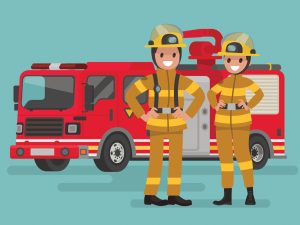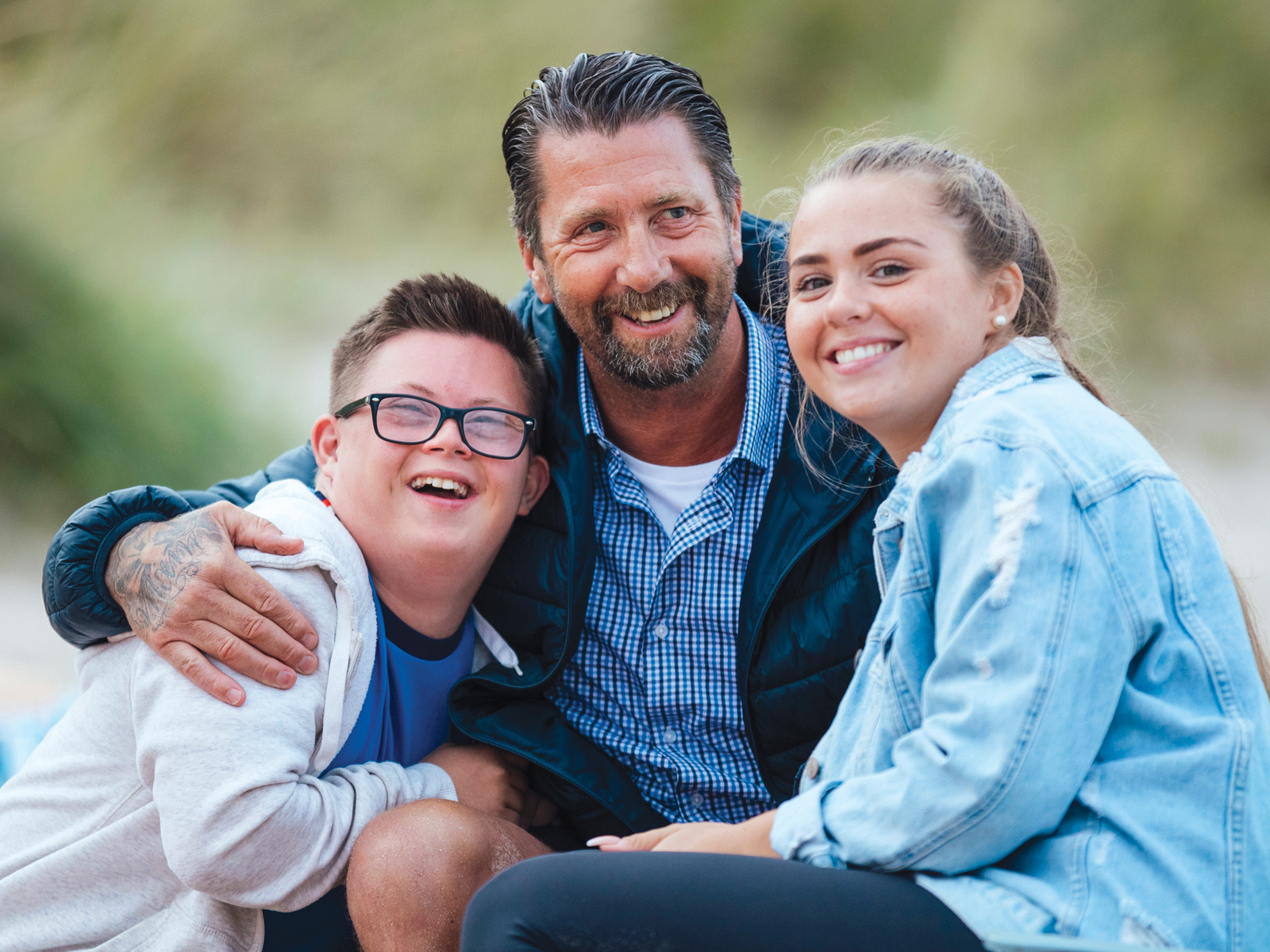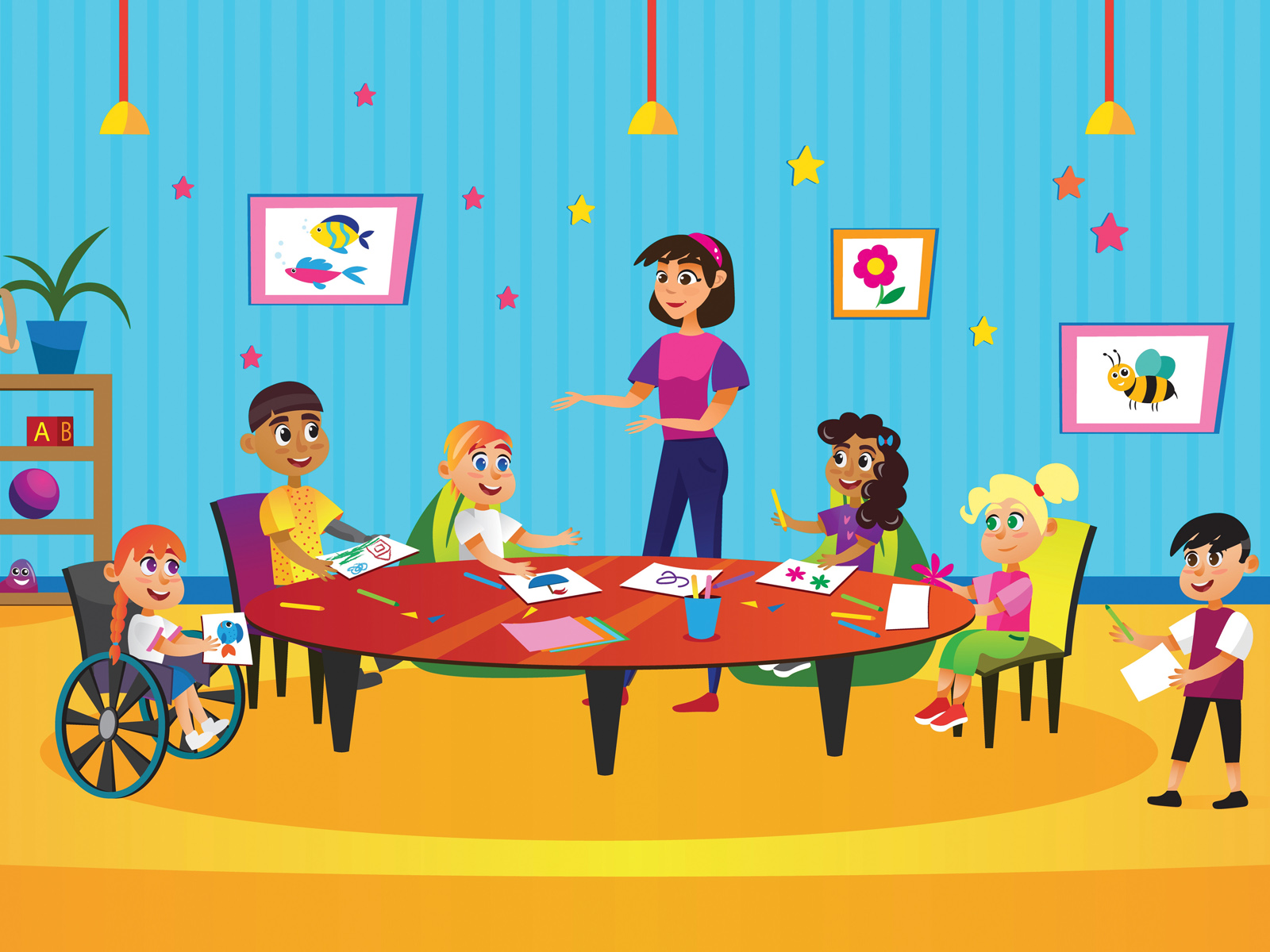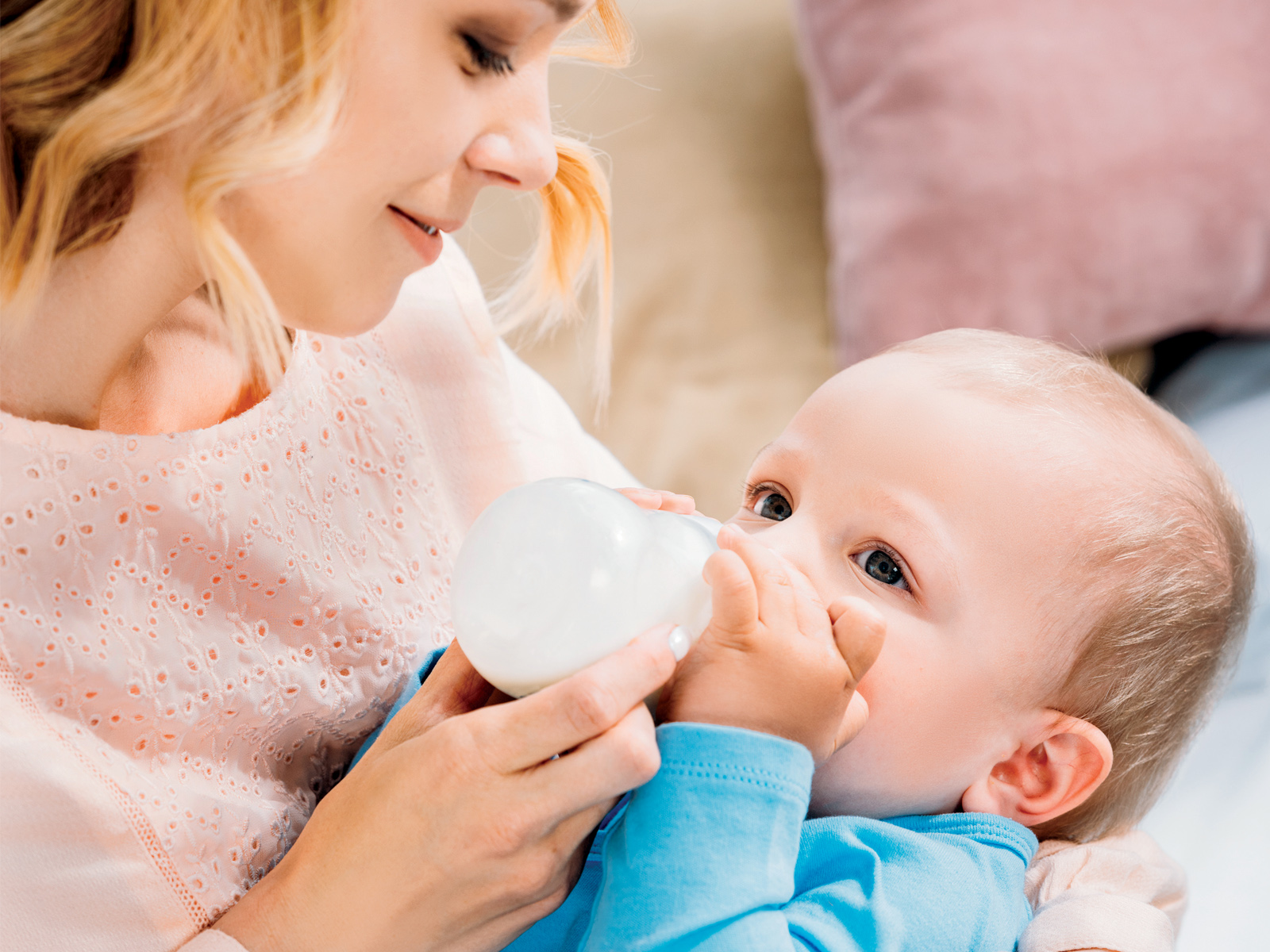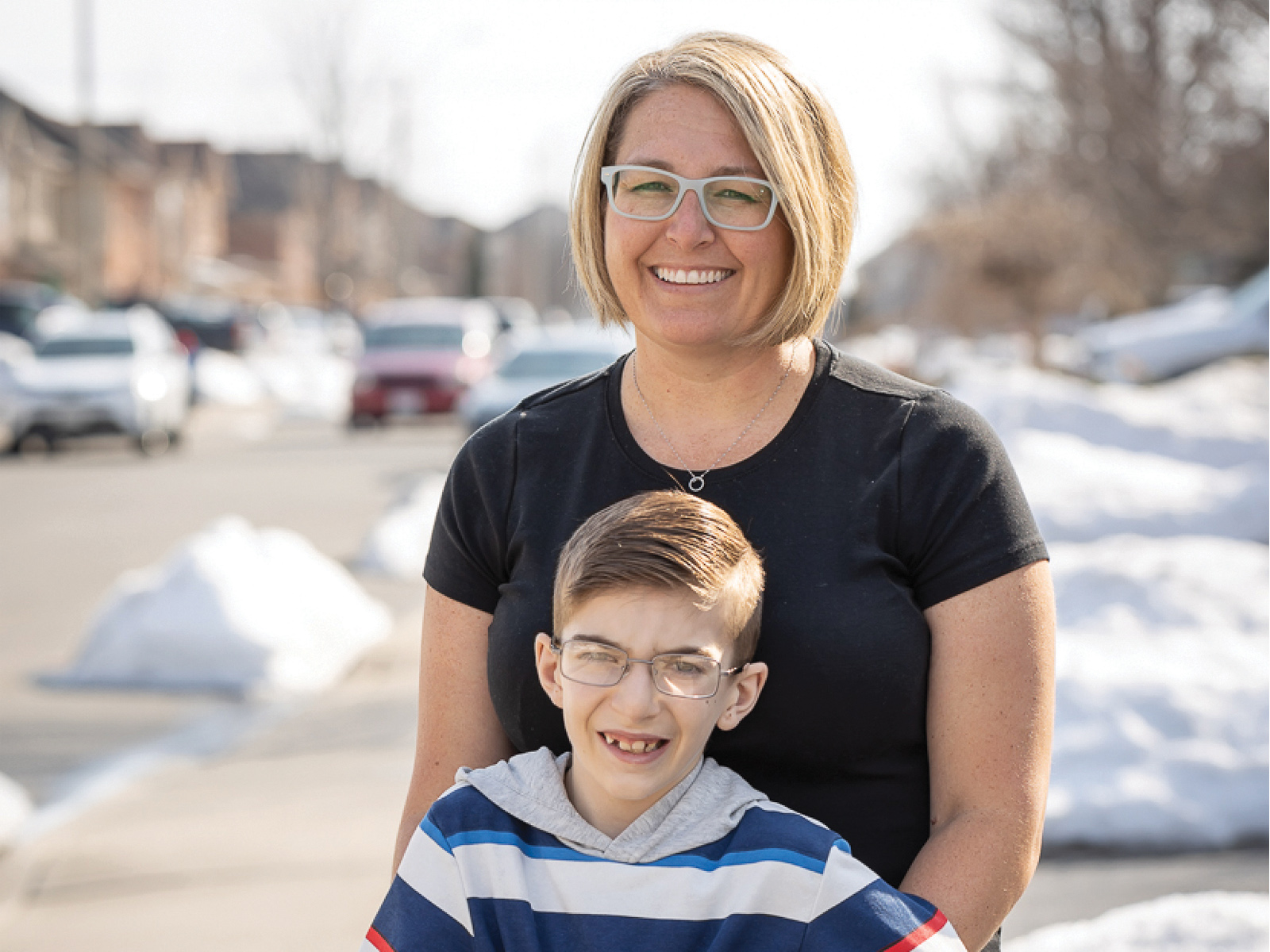Help keep kids safe and active in the community with these tips:
Driver safety
• Reduce your speed. Lower speeds give you more time to react and brake if needed. Lowering your speed also will greatly reduce the chances a pedestrian will be killed if there is a crash. Be especially cautious in areas such as school zones, where children may be travelling to or from school.
• Drive at 30 km/h. A pedestrian struck by a car traveling at 50 km/h is almost six times more likely to be killed than a pedestrian struck at 30 km/h. At a speed of 30 km/h, vehicles and pedestrians are both relatively safe; drivers have sufficient time to stop for pedestrians and pedestrians can make better crossing decisions.
• Keep your distance. Ensure you give cyclists space on the road. When parking on the street, always check for cyclists before opening your door.
• Put down the distractions. In the few seconds you turn and reach for something in the vehicle, your eyes are off the road. Leave whatever it is until you stop. Don’t use handheld devices of any kind; these create high levels of distraction risk among drivers.
• Be alert. Traffic congestion and unsafe driver behaviour are common in school zones during drop-off and pick-up times. As a driver, be patient and expect kids to be kids. Be alert for child pedestrians and cyclists darting between cars or moving suddenly onto the road.
• Drive sober. If you are planning to drink alcohol or use drugs, don’t drive.
Pedestrian safety
• Travel with your younger children. Younger children still need to develop the cognitive and physical skills to make safe judgments about road crossing and traffic. While your children are developing these skills, travel with them and talk to them about pedestrian safety.
• Use sidewalks or paths. Spaces that allow pedestrians to move around separate from motor vehicles are safer. Sidewalks can reduce the incidents of drivers hitting pedestrians along a roadway by up to 88 per cent. No sidewalks? Travel facing traffic and as far away from vehicles as possible.
• Cross at designated crossings. Use traffic signals and crosswalks when possible. Talk about what you do before you cross a road. Teach your child to use their senses. Think, look and listen, even if there is a crossing guard or traffic signals to assist them. Teach kids at an early age to look left, right and left again when crossing the road. When the way is clear, or all the cars at the crosswalk or intersection have come to a full stop, teach your child to cross the road and not to double back or run.
• Be a role model. Children learn from their parents and caregivers. Your frequent demonstrations will become ingrained in your child’s approach to crossing roads. Expect them to do the same thing when they are crossing the street independently.
Cycling safety
• Check your ride. Ensure your child’s bike is adjusted correctly for their height and have them do a bike check before riding to ensure tires are inflated and brakes are working properly.
• Be prepared. Bike safety training and knowing the rules of the road are important for riders’ safety. Protect young riders by using designated riding areas when possible. Bike safety training courses are available at https://canbikecanada.ca/
• Assess your child’s navigational skills before riding on the road. Children develop better physical and cognitive skills around age 10—but their ability to ride on the road may depend on their experience, environment and development. Not sure if your child is ready to ride solo? Consider traffic volume, the number of intersections and your child’s level of experience before making a decision.
• Stay on the right side of the road. When using the road, ride on the right side in the same direction as traffic to make you more visible to drivers. Adults should lead kids by cycling single file and having them repeat hand signals.
• Protect your head, wear a helmet. A properly fitted and correctly worn bike helmet can make a dramatic difference, cutting the risk of serious head injury by 60 per cent. Use the 2V1 rule for helmet fitting (two fingers above eyebrows, straps form a “V” under ears, no more than one finger space between strap and chin) to ensure the right fit.
• Be seen and heard. Make sure drivers can always see you and your child. Wearing bright, reflective clothing and equipping your bike with flashing lights and reflectors help increase 360-degree visibility. A working bell will also alert other riders and pedestrians when you are close or passing.
Other wheeled activities
(Skateboarding, rollerblading, scootering)
• Choose a safe place to wheel, away from traffic. Use pathways, sidewalks and skate parks.
• Wear the right helmet for the activity. Bike helmets can be used for in-line skating and non-motorized scootering, but skateboarding helmets should be used for skateboarding and longboarding; they cover the back of the head better and can protect against more than one crash.
• Always wear the gear. Along with a helmet, wear wrist guards to help prevent broken bones and sprains. Wear elbow and knee pads for in-line skating. Also wear brightly coloured clothing and reflective gear to help increase 360-degree visibility.
Reinforcing safety
Always keep in mind your child’s learning ability. Explain street safety rules in a way your child can understand and take every opportunity you have to repeat and reinforce lessons.
For more information, visit: parachute.ca/safekidsweek.



